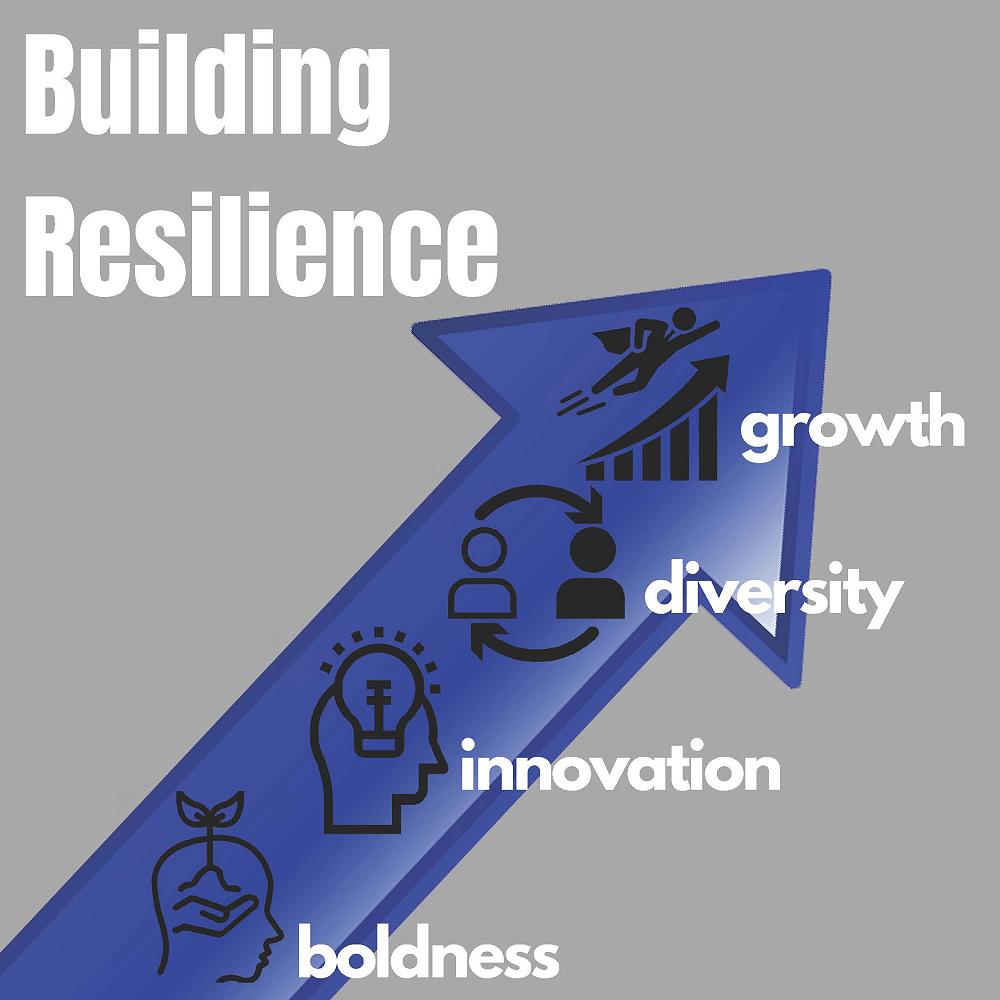
BUILDING RESILIENCE
'… when building sand castles on the beach, we can ignore the waves but should watch the tide.’ Edsger Dijkstra
Article by PDG Brian Coffey, Assistant Rotary Coordinator
Setbacks, failures and stress are all part of normal life – and very much part of any organisation. Resilience is the ability to cope with difficult and unexpected changes and challenges and to ‘bounce back’ from adversity.
Research in mid-2020 by Social Ventures Australia (a not-for-profit organisation that works with partners to alleviate disadvantage) and the Centre for Social Impact (CSI) estimated that one in seven NFPs were at risk of becoming unviable due to the pandemic.
For us, as Rotary clubs, it was, and remains critical, that we develop workplace resilience to assist our members strategies and goals, rather than pinballing from crisis to crisis.
Looking at the fallout of COVID, and analysing some membership statistics in my own District, it is obvious, that the clubs that had solid community roots and devolved decision-making mechanisms, using technology to improve communications are the clubs less impacted from the pandemic impact of the past 2 years. These clubs were able to access their members needs more quickly. Our District leaders quickly realised the need for resilience, implementing and offering technical support to clubs – it bewilders me that a minority of clubs took up the offer!
For organisations, the four pillars for smarter decision making are boldness, innovation diversity and growth – all significant factors in Change Management.
- Boldness - challenging conditions dictate the need to adapt or innovate, simultaneously presenting the opportunity for a plan of action..
- Innovation – it is here where “older” clubs are often more resilient, due to the acceptance and experience with initial and temporary failures. Our 3-year plans need to be reviewed more frequently, changed and adapted as needed.
- Diversity - there is a strong correlation between increased diversity. Clubs need to operate on an inclusive culture, respecting and engaging the diverse mix of professional backgrounds, personal skillsets, cultural viewpoints, age, thoughts and academic grounding of its members.
- Growth – is the outcome of successful decision-making, influenced by the attitude and application of leaders.
‘Organizations that have succeeded have stayed relevant, adapted at speed, and communicated comprehensively.’ Ingrid Srinath Founder and Director of the Centre for Social Impact and Philanthropy Ashoka University
A fallout from COVID is the concern of clubs with their weakness in funding (although we are a service group – not a fundraising organisation) from service, donations or government funding. The simple bottom line is that while your clubs giving may be impacted for a few years, it is far more essential that the clubs operations and capability needs to be sustained. As the computing science pioneer Edsger Dijkstra wrote, ‘In other words, when building sand castles on the beach, we can ignore the waves but should watch the tide.’
This is where a club’s leadership, and its flexibility to make changes, operational adjustments, and member skills and capabilities, need to come to the fore. In reality, the groups that you work so hard to financially support each year may well have better funding sources than your own club, and probably will not be concerned over your club’s position.
Clubs need to learn from the pandemic; learn resilience to face adversity, to overcome it and then to become stronger from the experience. Building resilience in members builds resilience in a club – but the club needs a leader and a rapidly evolving strategic plan.
Gallery

